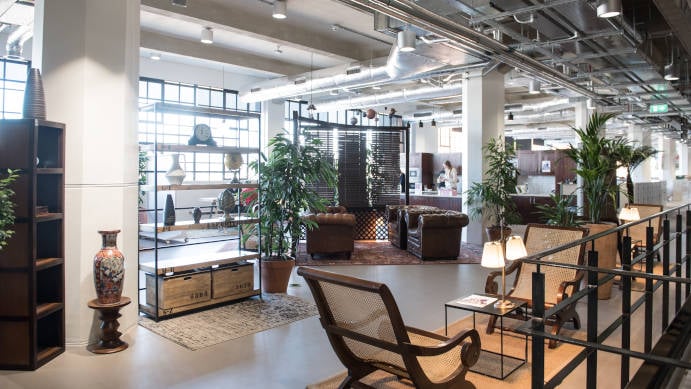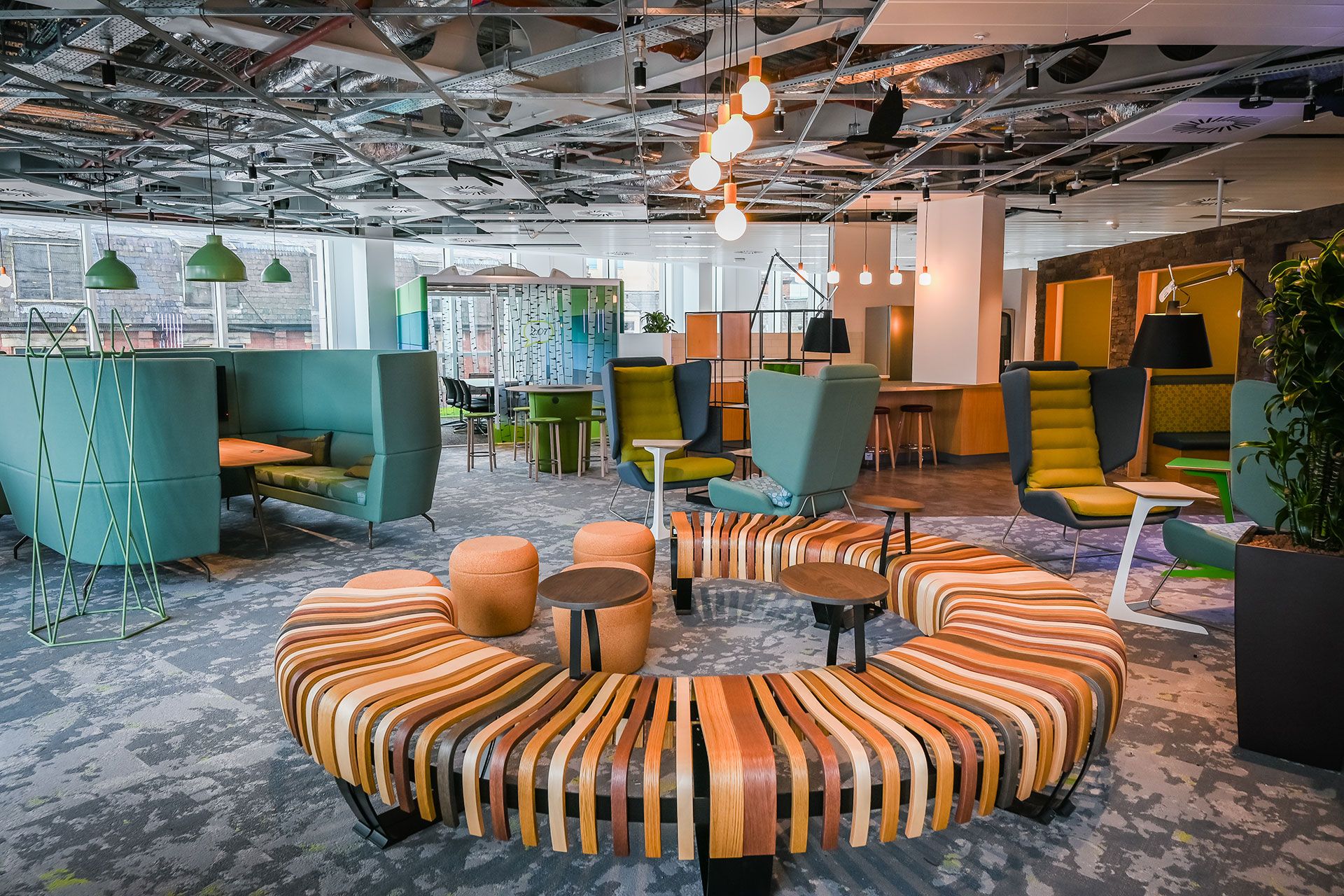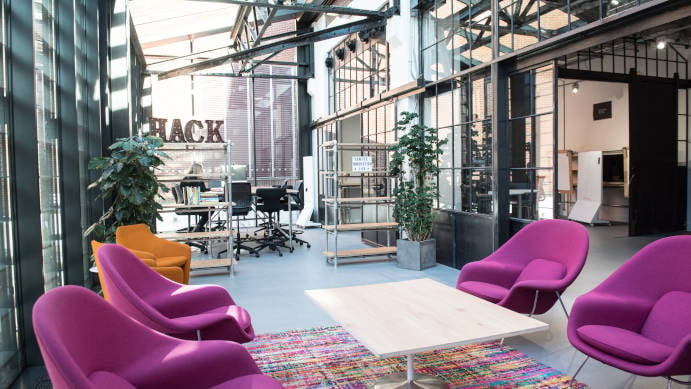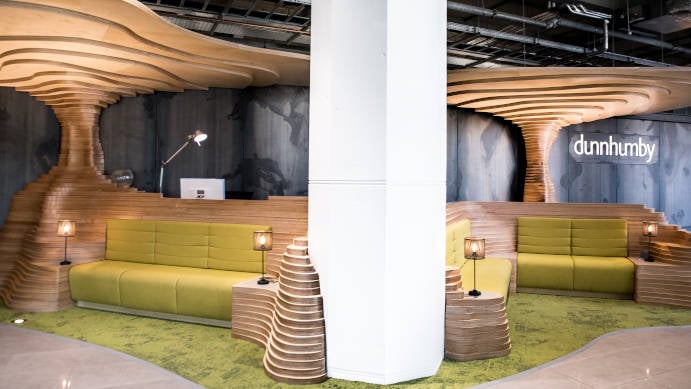Flexible working is high up on the wish list for most modern workers. Sometimes, though, it’s a hard wish for employers to grant and an even harder cultural adjustment for a business to make.
However, with the combination of pressure from the workforce at large, a new understanding of what drives employee engagement, and ever more liberating advances in technology - flexible working may well become the rule rather than the exception for everyone.
But what exactly defines this practice and is there a sense in which the concept is being unreasonably stretched?
What is Flexible Working?
Flexible working is the ability for employees to choose a pattern of working hours which fits in with their family commitments, as well as other needs and responsibilities. In the UK every worker now has the legal right to request to work flexibly on an agreed basis, which their employer must be able to demonstrate they have ‘considered seriously’.
For some, though, this phrase describes an even more radical approach to labour, where employees have the ultimate flexibility to choose how and when they work, including taking weeks or even months out of the office, balancing their work responsibilities with personal goals and fulfilling life ambitions.
Until recently employers who were prepared to make concessions to those trying to fit work around family life and care commitments were pretty exceptional. At the same time, the opportunities for most people to break up their careers or undertake teleworking to enable the pursuit of personal passions were limited, to say the least.

A new approach to work/life balance
But a recent article in the New York Times suggests how far the pendulum has swung the other way, facilitated by better portable technology and a more assertive, millennial workforce who know their skills are in short supply:
“One firm has an employee who works mostly from places like Hawaii and Costa Rica. At another, someone worked remotely while living out of a van for three months, skiing in the mornings and working in the afternoons. One person goes to the office at midnight so he can surf in the morning, and another takes Fridays off to backpack.”
Still, that rosy picture of a workforce, at last free and enabled to work in a self-directing way, in the locations that suit them best, is far from the reality for most.
The Flexibility Gap
At the moment the ‘flexibility gap’, the amount of flexibility most workers say they need, compared to what they actually receive, is profound. A recent HBR study concluded that 96% of US professionals wanted or needed less rigid work patterns, while only 47% claimed to actually be granted them by their employers.
The lack of flexibility may well be preventing employers from benefiting from the contributions of the best and most skilled workers, while at the same time unnecessarily holding back the careers of those who most deserve progression.
What’s stopping us?
In spite of many studies demonstrating the liberating power of home working to drive productivity, the myriad benefits to ‘employer branding’ of a more engaged workforce, and the profound mental health benefits of better work/life balance - there is still a level of suspicion around flexible working that is often expressed at leadership level.
As the organisational psychologist Adam Grant commented in a recent interview with Steelcase’s 360 magazine:
“I’ve had some leaders say, “How do I monitor them and make sure they’re working?” My response is, ‘If you need to do that you’ve failed at leadership because they should find the work meaningful and motivating enough that they want to do it.”
How can we design for Flexible Working?
But, if it’s a challenge for the C-Suite to relinquish their traditional sense of control over where and how work is completed - the pay off is not just the potential to increase trust, loyalty and engagement. Handled right, it can be an opportunity to drive efficiencies in your real estate while enhancing productivity and a strong team-based working culture.

Flexible working done right: Offices that provide effective support for remote working, cloud based tech, activity based working, underpinned by zone-based workplace design.
-
Technology is the key. Has everyone in your business got the right technology to enable flexible working? Have your workers got the laptops, tablets and mobile devices to allow them to work effectively in different settings while still being connected to the office? Do you need to consider a BYOD (Bring Your Own Device) policy to facilitate this? Is the office itself equipped to support the glitch-free teleconferencing that it will need to bring home and office-based workers together with each other and their clients?
According to a study by Jabra, 25% of meetings in modern offices are delayed due to technical or user issue, resulting in an average 2.7 minutes loss of productivity for every meeting held.
-
Supporting the nomads In the future, offices are going to have to be equipped to host an increasingly nomadic and itinerant workforce. As face-to-face time starts to become more at a premium, there will need to be a greater focus on maximising productivity during the time workers are physically together. Workplaces will need to be set up to quickly welcome and accommodate home workers visiting the office. Height adjustable desks and chairs, with settings triggered by smart phone apps can help get visiting remote employees set up and working more quickly. There will be the need for the workplace to host larger group gatherings more effectively with large screens and digital tech available in ‘town hall spaces’ to share information and presentations more effectively.

-
Activity Based Working Flexible working policies are often the catalyst for employers to embrace Activity Based Working. As offices become less about individually ‘owned’ territory and more about becoming a hub for shared working and the completion of specific tasks - there is an opportunity to design to support a range of activities with more flexible furniture options that can optimise worker effectiveness.
This means supporting the rapid and seamless transition between different kinds of focus, from small brain storming team gatherings to concentrated individual work. Workplaces need to provide zoned spaces where individuals can swiftly find the kind of mood and tools they need to help them focus on their tasks. These might include the right tech to share and move information from screen to screen and between spaces, as the configuration of people involved in meetings (physically and virtually) changes throughout the day.

-
Design for the mindset More than anything, supporting flexible working is about supporting a change in mindset. In many cases this is not just about mediating the expectations of leaders and workers, but between the different generations in the workplace. As Pamela Stone, a sociologist at Hunter points out in the NYT :
“As boomers age, they too are looking for more workplace flexibility, but they seem to begrudge giving the same to younger workers when they didn’t have it themselves at their ages and life stage,”
But if flexible working is going to work its must be evenly embraced across the workplace.
Trust must be extended to everyone and agency granted to managers and individuals to decide what can make them most productive - bearing in mind that these requirements are naturally subject to change.
This is the lesson that PWC learnt when they began practicing this approach:
"To build a culture of flexibility, you must first reimagine what flexibility means today. Remember, to create behaviour change, you need to allow for variance and creativity and agility. In other words, be “flexible” when creating a flexibility culture. A policy guide or a formal program can work against you. It seems counter-intuitive, but having rules in place actually hinders the development of a truly authentic culture. At PwC, we loosely call it “everyday flexibility.” It isn’t something we mandate that all teams adopt; it’s a mentality and a way of life that should be individualised for each person."
Anne Donovan, PWC, in the Harvard Business Review

Unsurprisingly, perhaps, the key to supporting flexible working is flexibility in every part of your business thinking.
Spaces and working styles that can be easily adapted to accommodate a range of worker presences - both physical and virtual - demonstrate to everyone all these presences are equally valued and respected. At the same time, the office that flexes around the changing needs of the people who drive its productivity will ultimately be more successful at retaining and motivating its workforce. Designed right, it will become a hub for learning, networking and collaborating - around which teams will naturally gravitate when they need it most.










